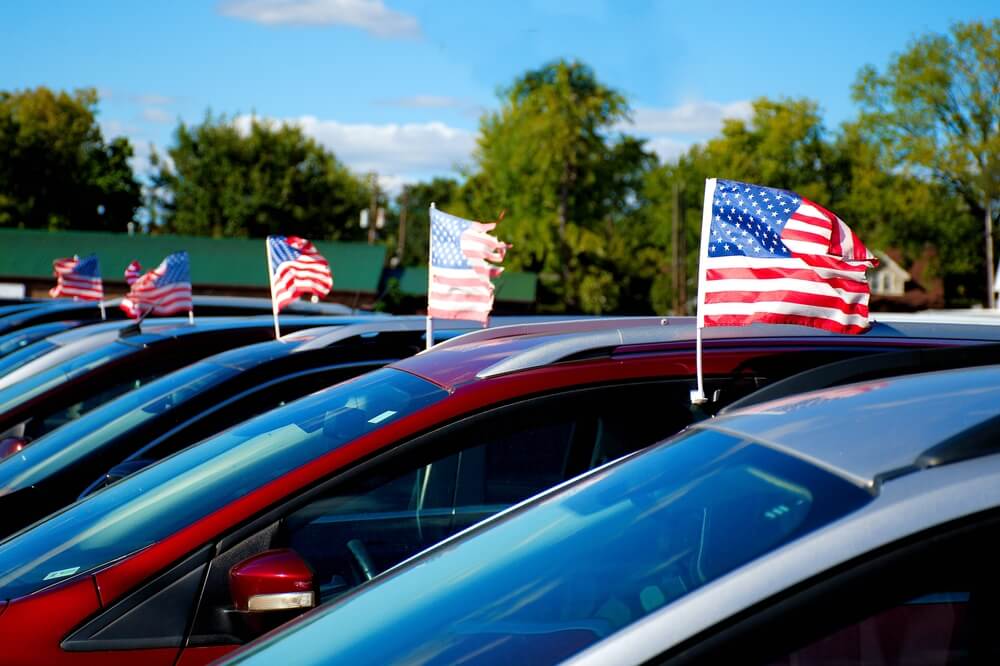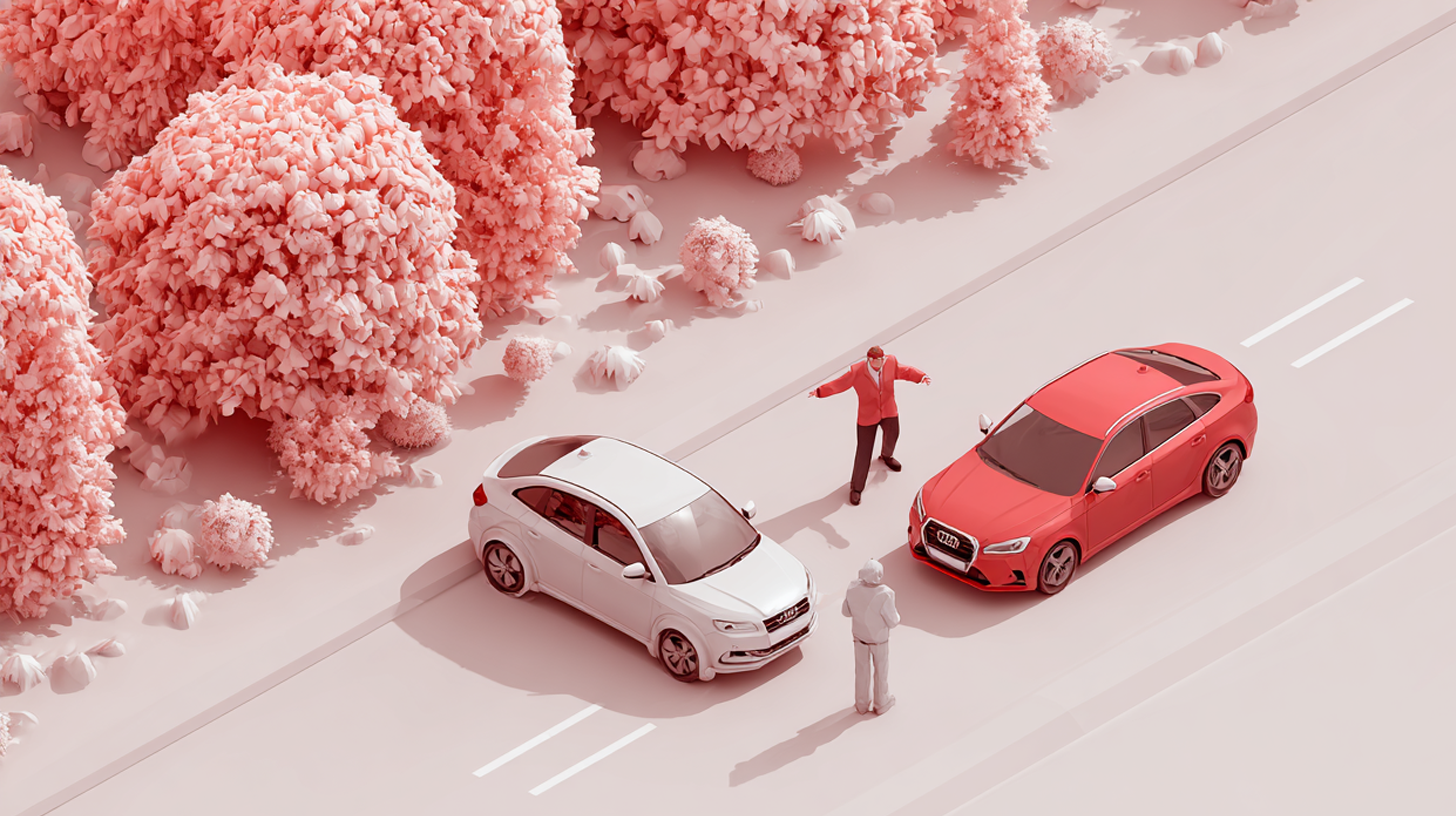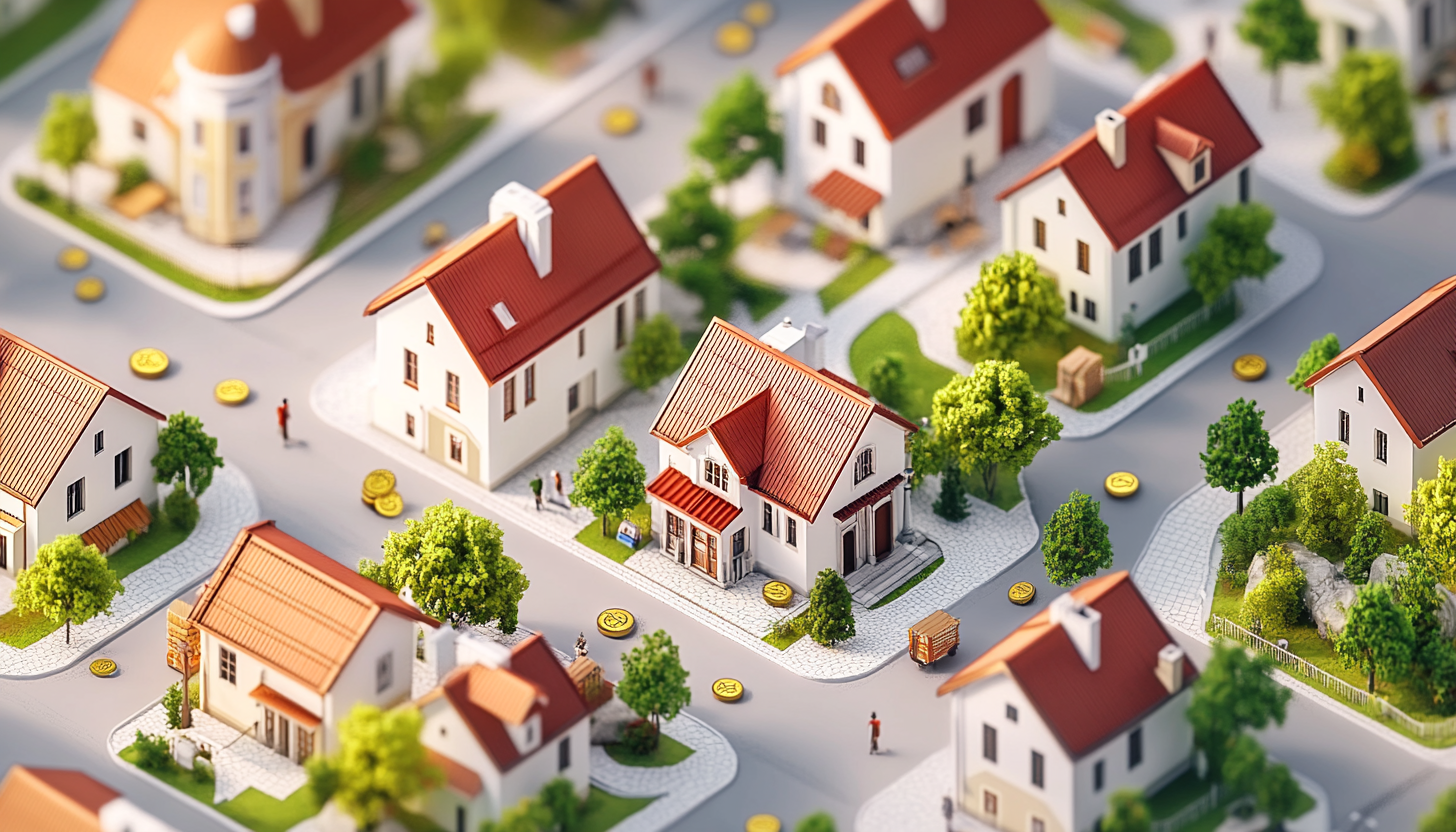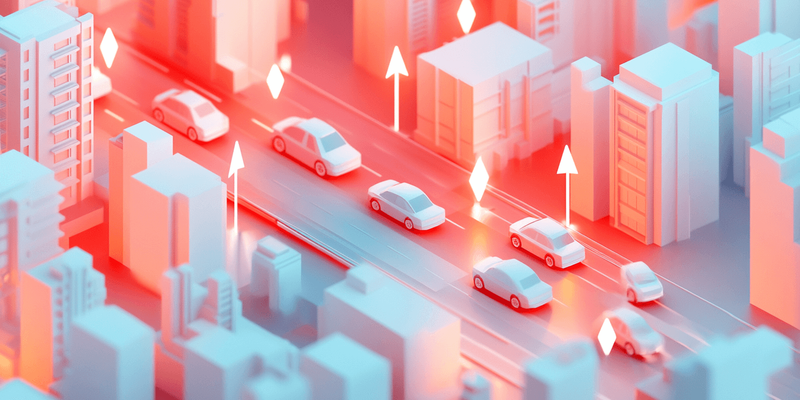
If you are not redirected within 30 seconds, please click here to continue.
Samedi: 10h – 16h HAE

If you are not redirected within 30 seconds, please click here to continue.
If you are not redirected within 30 seconds, please click here to continue.
The roads are heating up: 83% of drivers witnessed road rage, only 56% admit to engaging in it
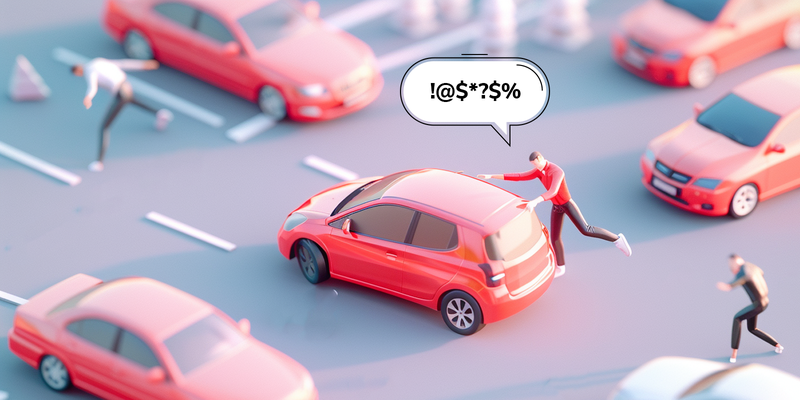
A 21-year-old driver from Mississauga died last month as a result of a road rage incident that also led to a six-vehicle crash.
This could have happened to anyone.
Road rage gets the best of many Canadians, especially those that live in the constant chaos of metropolitan areas. A recent Leger survey conducted on behalf of Rates.ca revealed that 56% of Canadian drivers have engaged in or been involved in a form of road rage in the past year. And 83% have observed at least one display of road rage, up five percentage points from 2022.
What does road rage look like?
Road rage generally refers to aggressive or violent behavior exhibited by drivers in response to perceived offenses or frustrations while on the road.
Here’s a list of forms of road rage and how many Leger survey respondents have either been involved in or observed each:

- Honking: Engaged (38%) vs. Observed (57%)
- Flashing lights: Engaged (20%) vs. Observed (48%)
- Tailgating: Engaged (16%) vs. Observed (61%)
- Brake-checking or tapping brakes: Engaged (16%) vs. Observed (41%)
- Obscene gesturing (for example, giving the finger): Engaged (16%) vs. Observed (45%)
- Cutting off another driver: Engaged (15%) vs. Observed (63%)
- Rolling down the window to yell at someone: Engaged (8%) vs. Observed (35%)
- Stopping and exiting the vehicle to confront another person: Engaged (3%) vs. Observed (20%)
Younger drivers are angrier than others on the road: 67% are under the age of 35
7% of young drivers (aged18-34) say they’ve stopped and exited a vehicle to confront someone, compared with 2% of those that are 35+.
Survey results show that younger drivers are more likely to engage and/or be involved in road rage behaviours while driving. Their favourite form of road rage?
From most to least popular: honking (47%), flashing lights (28%), obscene gesturing (26%), cutting off another driver (25%), tailgating (23%), brake-checking (22%), yelling at someone from inside the car (13%), and finally, exiting the car to confront someone (7%).
But they’re not the only ones. While both men and women show similar frequency when it comes to how much they engage in road rage (57% vs. 55%), men are significantly more likely engage in confrontational person-to-person behaviours.
These include rolling down the window to yell at someone (11% vs. 6% of women), stopping to exit their vehicle to confront another person (5% compared to 2%), and cutting off another driver (17% vs. 13%).
Why are Canadians so angry?
Adrian Guffogg, recovery practitioner at Acquiesce, a UK-based addiction recovery centre, notes that while road rage appears to be a universal issue. He points to a survey released in February of this year that states that 20.7% of Canadians say they’ve been a victim of road rage versus 18.5% in the US, indicating that, surprisingly, the problem may be greater in Canada than in the US.
The market research firm, Pollara Strategic Insights, conducts a monthly rage index that monitors Canadians’ levels of rage. Its most recent issue found that the sources of Canadians’ frustrations run quite the gamut:
- 37% are angry and/or annoyed at their personal financial situation,
- 60% at the Canadian economy,
- 50% at the provincial government,
- 50% at the federal government,
- and 64% at the latest stories being covered in the news.
The fear of economic hardship — such as recession or unemployment — now surpasses the anxiety caused by COVID-19. This mounting frustration may find an outlet on the roads as Canadians grapple with stress and emotions.
“The phenomenon of road rage arises from psychological factors including stress,” says Guffogg. “Add in external influences such as being unhappy at home or work, struggling to make ends meet financially and being late, and road rage can rear its head surprisingly quickly.”
"It's like a personal VIP lane in their mind, but on a public road.”
Generally, people experience anger when rules are broken, boundaries are breached, or expectations aren’t met. If you’ve ever spent an hour or two on a jam-packed highway to get to work, this feeling likely resonates with you.
According to Dr. Deborah Gilman, owner and chief licensed psychologist at Fox Chapel Psychological Services, people prone to road rage often have underlying anger issues and struggle with patience. Traffic jams and unpredictable driver behavior become major triggers.
“For those who are already prone to anger and aggression, these external factors make less ‘room in the cup’ for additional stressors and they easily ‘spill over’. The inability to manage emotions in the heat of the moment can result in dangerous outbursts,” she says.
Compounding these existing frustrations, drivers are prone to a cognitive bias that Dr. Gilman calls “illusory self-assessment” — being hyper-sensitive to the mistakes of other drivers, while excusing and justifying their own driving errors. In other words: Drivers think they're better than everyone else.
“People believe they have a special right to be wherever they need to be, faster than anyone else. They see other drivers as obstacles or inconveniences, not as fellow human beings trying to get somewhere. When things don't go their way (e.g., a slow driver in front), they take it as a personal attack,” she says. “It's like a personal VIP lane in their mind, but on a public road.”
Anonymity can also play a huge role in how drivers treat others on the road because it creates a psychological buffer behind the wheel. When drivers don’t make eye contact or see the distress they cause, empathy diminishes.
Add poor time management to the mix, and there’s a recipe for road rage. Rushing from point A to point B has become a modern epidemic. Drivers, perpetually pressed for time, start weaving recklessly through traffic — more drivers surveyed observed tailgating on roads (61%), cutting cars off (63%) and taking unnecessary risks, than other behaviors like honking (57%) and flashing lights (48%).
The illusion that saving a few minutes justifies reckless behavior can lead to dangerous outcomes.
Gridlock in cities acts as a ticking bomb on drivers’ anger
Drivers in Montreal lost an average of 72 hours sitting in traffic during 2022, but those in Toronto had it almost twice as bad, losing an average of 118 hours – up 59% from the previous year. Unsurprisingly, Toronto holds the seventh spot in the world for cities with the worst traffic congestion.
According to the Pollara index, Canadians in Ontario take the lead in being the angriest. And perhaps for good reason: As an experiment, a three-kilometer drive took 52 minutes — double what Google Maps estimated at the start of the drive.
An interactive map released by the CBC last summer recorded 50 road restrictions just in the downtown Toronto area, bordering busy streets like Parliament Street and Queen Street West.
The inability to predict traffic congestion can lead to a lack of control for the driver over their life on small scales that impact social lives, work lives, and personal commitments.
Dr. Gilam explains that aggressive driving can be a misguided attempt to regain a sense of control.
“By tailgating, cutting someone off, or yelling obscenities, they might feel momentarily powerful or dominant over the other driver,” she says. “It's a fleeting sense of control, but it can be intoxicating in the heat of the moment.”
What’s to be done? In Toronto, new smart signals at 59 intersections use real-time traffic data and artificial intelligence to optimize traffic flow for motor vehicles, public transit, cyclists, and pedestrians. Other efforts include deploying traffic management officers on roads and implementing a program that requires construction sites to have QR codes. These QR codes provide real-time information on ongoing construction projects.
The road is a shared space that relies on mutual respect among drivers, along with traffic laws to maintain harmony. But while all road users occasionally disregard rules, cars are more likely to cause actual, irreparable harm. Between 2006 and 2022, motor vehicles hit 3,059 pedestrians compared to 18 incidents involving bicycles.
Cyclists have found themselves the unwitting victims of road rage, as evidenced by a local cyclist in Toronto left severely injured in a downtown Toronto bike lane in an alleged road rage incident.
Related: How to file a car insurance claim after a collision
The bigger the car, the bigger the ego
In Canada, driving a truck or SUV makes motorists as much as 224% more likely to kill someone in a collision. In 2021, approximately 35% of pedestrian and cyclist deaths in Toronto involved SUVs, while another 10% involved pickup trucks.
Larger cars often create a false sense of security. This feeling of safety can lead some drivers to take more risks or exhibit aggressive behavior, sometimes overlooking other road users. Additionally, larger vehicles have significant blind spots, especially alongside and behind them, which can create a sense of isolation from fellow drivers.
But that's not all.
“I suspect there is an attribution bias at play here. Individuals tend to engage in confirmation biases which means they’re more likely to notice people driving poorly if they fit the idea of who they think is a terrible driver,” says Tracy Vaillancourt, professor for the school of psychology at University of Ottawa and Tier 1 Canada Research Chair in School-Based Mental Health and Violence Prevention.
Drivers of smaller and ‘affordable’ sedans may be associated with younger drivers. “The issue is that this type of bias changes one's behaviour — people tend to be crueler to people they don’t respect,” she adds.
Vaillancourt also highlights the tendency for individuals to refuse the same level of benefit of the doubt from others that they readily extend to themselves.
“Individuals should consider their behavior while driving as if they were interacting face-to-face with others. The correlation between anonymity and aggression underscores the importance of treating fellow drivers with the same courtesy and respect one would in direct personal encounters,” she says.
When sharing the road, consider that for every 450 kilograms added to a car’s weight, the likelihood of turning a survivable crash into a fatal collision increases by 40%. And when a heavy vehicle collides with a lighter one, the lighter vehicle absorbs more energy.
Read more: Driving a small car is becoming more dangerous than ever
Road rage is worsening each year
An earlier survey conducted by Leger and Rates.ca from 2022 focused on the return to everyday life from the pandemic. The lockdowns had calmed quieted down the streets – but once drivers returned on roads, so did the frustrations that led to conflict and collisions between them.
Road rage incidents have only worsened since. Between 2022 and 2023, drivers reported a rise in road rage behaviors, up 5 percentage points from 2022 resulting in an 83% overall incidence rate. Notably, more people reported observing instances of road rage, including:
- 10% more vehicle collisions
- 8% more obscene gesturing
- 8% more brake-checking
- 7% more yelling rolling down the window
- 4% more confrontations after stopping and exiting the car
In the likelihood that road rage continues to increase, where are drivers headed?
Read more: 81% of drivers in Ontario have witnessed road rage, only 6% admit to engaging in it: survey
While road rage itself isn’t a crime, it could easily lead to one
While road rage itself is not, in itself, considered a criminal offense under Canadian law, many of the aggressive and violent behaviors associated with it are. Here are some of the offenses related to road rage:
- Assault
- Assault causing bodily harm
- Assault with a weapon (including using a vehicle as a weapon)
- Aggravated assault
- Criminal negligence causing death
- Criminal negligence causing injury
- Dangerous driving
- Hit and run
- Mischief such as intentionally damaging or vandalizing another person’s vehicle or property.
- Murder/manslaughter
- Uttering threats
A convicted offender may face fines, a criminal record, driving prohibitions, and even jail time – not to mention suspension or revocation of a driver’s licence. There are also applicable fines and demerit points that may be applied.
Lastly, an offender involved in road rage incidents may be sued civilly for property damage or bodily injury. Insurance companies may also take legal action, affecting the offender’s premiums and coverage.
Read more: What a criminal conviction means for your auto insurance rate
How to deal with road rage
Guffogg outlines some practical strategies to prevent the escalation of road rage for drivers:
- Practice mindfulness and deep breathing to regulate emotions.
- Allow ample travel time.
- Avoiding multitasking while driving.
- Practice empathy with other drivers; every driver might be facing their own challenges.
- Give others the benefit of the doubt: Instead of assuming the person had hostile intent, reframe the action as a possible mistake made by them.
- Consider the bigger picture by questioning if the incident will matter in a day, week or a month.
When people frequently experience intense anger, whether on the road or elsewhere, it’s essential to address it constructively. Road rage courses or anger management therapy may prove to be helpful. These resources can help recognize triggers, manage emotions, and develop healthier responses.
Methodology
An online survey of 1,545 Canadians (1,367 licensed drivers) was completed between May 10 and 12, 2024, using Leger’s online panel. No margin of error can be associated with a non-probability sample (i.e. a web panel in this case). For comparative purposes, though, a probability sample of 1,545 respondents would have a margin of error of ±2.5%, 19 times out of 20.
Don't waste time calling around for auto insurance
Use Rates.ca to shop around, and compare multiple quotes at the same time.
Get money-saving tips in your inbox.
Stay on top of personal finance tips from our money experts!


